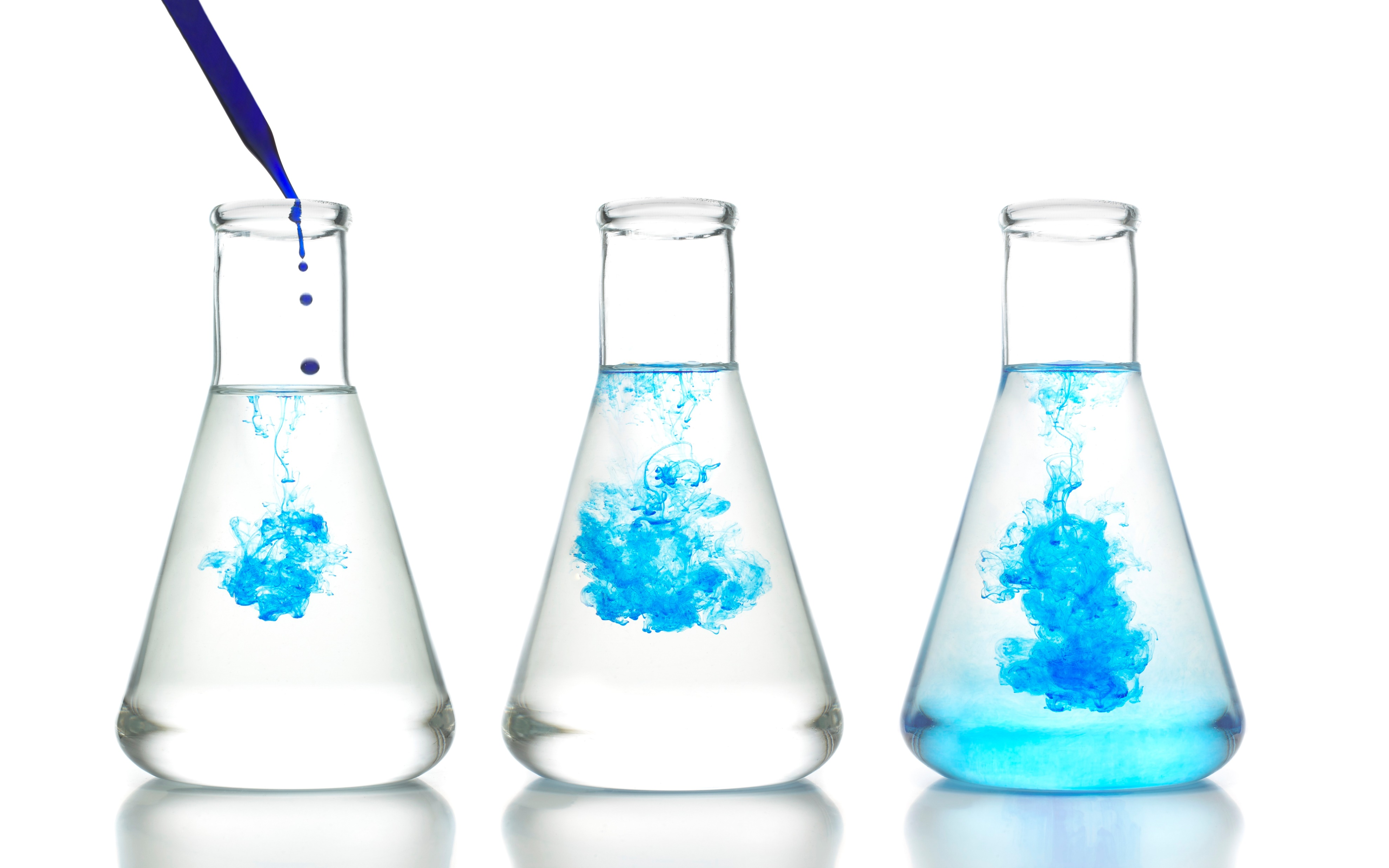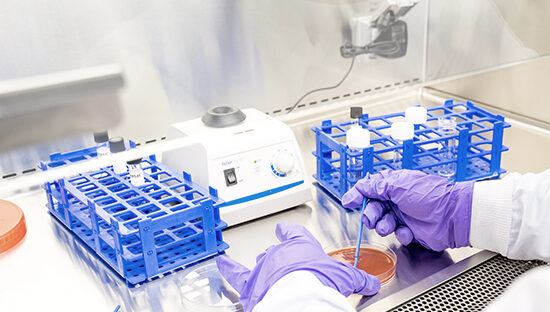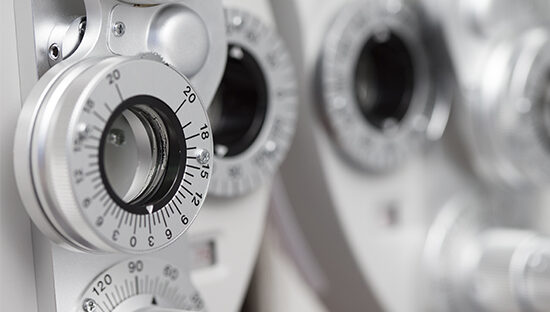
What is a biocide?
A biocide is a chemical substance or microorganism which intention is to “control any harmful organism in a way that is not purely physical or mechanical”. They are commonly used as disinfectants, oxidising agents, insect repellents and preservatives. These chemicals are usually intended to be a pesticide or an antimicrobial such as an antibiotic or antifungal.
A biocide can act alone as an active substance or as part of a biocidal product. A biocidal product is a formulation of one or more biocidal active substances along with other non-active excipients. These can be co-formulants added to achieve the desired pH, colour, odour etc. Biocidal products are used to protect animals, people, preserve goods and control viruses, bacteria, and fungi through a chemical or biological action. These products can also be without an active substance, where the active ingredient is created when the product is used. This can be either from mixing the product with another chemical or a reaction with the air e.g. creation of ozone from oxygen.
Biocides can be used by members of the public in a variety of different settings including their homes and their workplaces. As biocides are aimed to control a wide variety of harmful or unwanted organisms, it is important that there are precautions to ensure these products can be used without causing harm to people, so everyone is responsible for using them correctly and safely.

What are the biocide regulations?
Biocidal products are controlled under the Biocidal Products Regulation (BPR). BPR concerns the placing these products on the market and the use in order to protect humans, animals, and materials against harmful organisms like pests or bacteria. These regulations make sure that when biocidal products are used properly, they do not harm people, pets, or the wider environment.
The EU Biocidal Products Regulation covers any biocide which is marketed in Europe. On January 1st 2021, Great Britain (GB) launched a stand-alone regulatory regime overseeing the placing of biocidal products on the GB market (England, Scotland and Wales). Both regulations are designed to ensure a high level of protection for the environment, humans, and animals by making sure that recognised standards are met. The regulation sets out rules for approving active substances in biocidal products and authorising the supply and use of biocidal products.
How to place a Biocidal product on the market?
In order to place a biocidal product on the UK market, manufacturers must comply with the BPR, as well as applicable general chemical and product safety requirements which apply to biocidal products. The status of the active substance(s) in the product will determine what needs to be done to place a product on the market. The BPR Active Substances Lists can be used to check the current status of each active ingredient, however this status can change at any time which can result in different actions needing to be performed to comply with the law.
If the date of approval for all active substances in the relevant product type has already passed, then an application for product authorisation can be submitted. This authorisation must be received before a biocidal product can be made available on the market. However, if any of the active substances do not have an approved status including not approved, expired, under review or not listed then the biocidal product cannot be made available to place on the market.
Lastly, the active substance supplier should be checked to ensure they are on the relevant Article 95 list for the product type. If the active substance or product supplier is not on this list it could affect all stages of a supply chain of a product including manufacturing, distribution and selling.
Test Labs provides disinfectant product testing, which is a key service to determine the efficacy of your biocidal products. In addition to offering UKAS-accredited reports, we will guide you during your product journey to the market.

How to use biocidal products safely?
Before buying or using a biocide, you should always consider a few factors: the problem, if there are alternative solutions, if there is already a suitable product available and if a professional is required. Once these four aspects have been considered and it is still determined that a biocide is required it is important that the correct product is used and safely.
Members of the general public should not use products intended for professional users and should opt for those intended for that market as they are usually safer to use. For professional and industrial users, training should be provided to ensure that the biocidal products are handled, stored, and disposed of correctly. This will also include ensuring the product complies with relevant regulations, wearing correct personal protective equipment and performing a risk assessment under the Control of Substances Hazardous to Health Regulations (COSHH).
Before using a biocidal product, you must make sure you read and understand the label in order to make sure that the product can be used safely and effectively. Labels should include the following information:
- Authorisation or approval number
- Intended use of the product – what its authorised for
- Who is allowed to use the biocidal product
- Protective clothing which needs to be worn when using the biocide
- How to store the product
- How to use the product
- How to dispose of the container/product
When storing biocides, they should be kept in the original containers (as they are specifically designed to hold these types of products), tightly close or seal the packaging (to avoid spillages) and stored in a safe place (this can include being stored in a COSHH cabinet or just out of reach from children).





